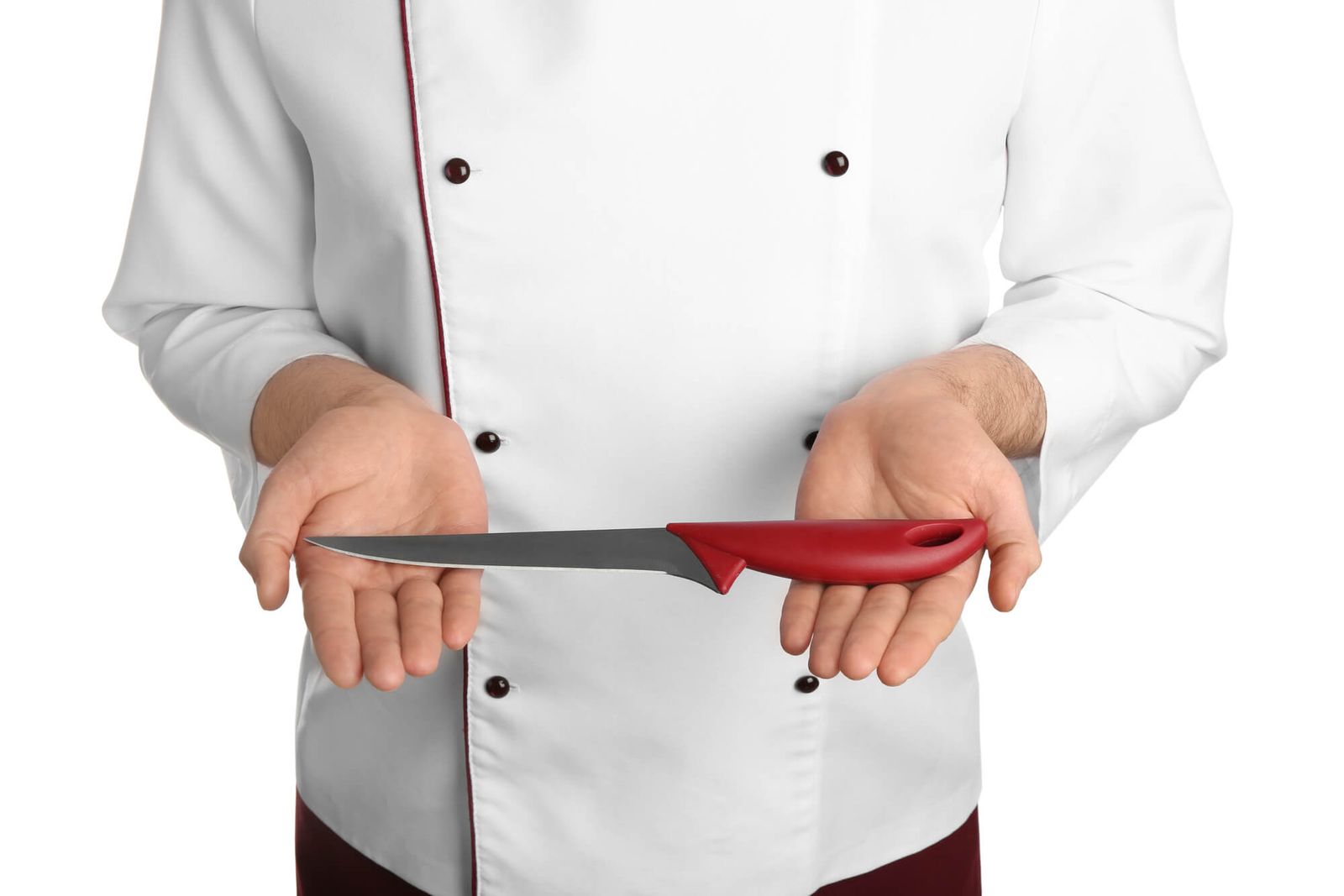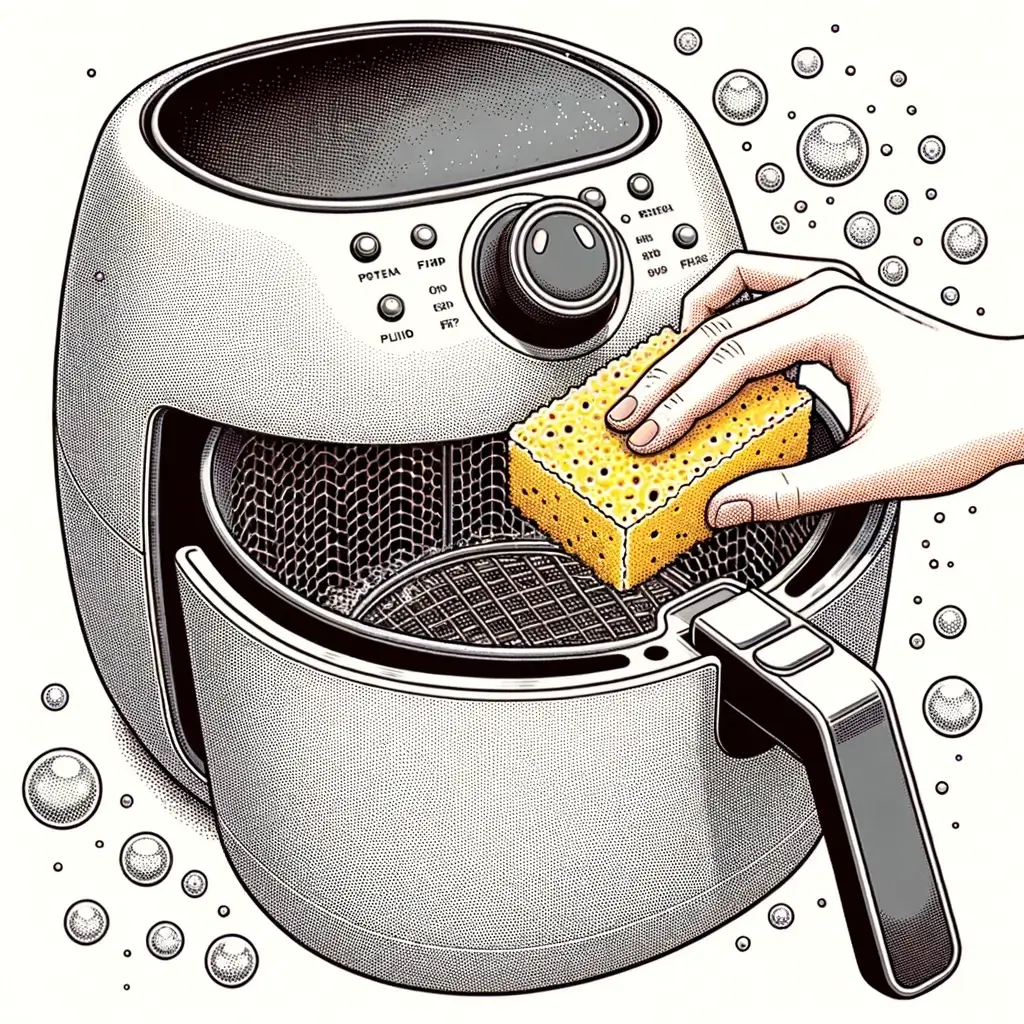A boning knife is an essential tool in the kitchen, specifically designed for intricate tasks and bone removal. Understanding the proper techniques and knowing the various uses of a boning knife can greatly enhance your culinary skills.
In this micro-guide, we will explore the correct way to hold and wield a boning knife, provide valuable tips for making slicing motions, and offer insights into caring for your knife.
Additionally, we will delve into five essential tasks where a boning knife excels, including removing bones from meat, separating skin from meat, removing skin from fish fillets, carving fruits and vegetables, and even venturing into the realm of baking.
By the end of this micro-guide, you will have the knowledge and confidence to utilize a boning knife effectively and elevate your culinary expertise.
Jump to:
I. Holding the Knife Correctly
II. Wielding the Knife
III. Making Slicing Motions
IV. Caring for a Boning Knife
V. An Easy Guide to Boning Knife Uses: 5 Tasks
VI. Advanced Techniques for the Boning Knife
I. Holding the Knife Correctly
One of the most crucial aspects of using a boning knife is holding it correctly. Follow these steps to ensure a secure and comfortable grip:
- Hold the knife handle: Grasp the handle firmly with your dominant hand, positioning your thumb on the spine of the blade. This grip provides stability and control during cutting motions.
- Secure your grip: Curl your fingers around the handle, maintaining a relaxed and natural grip. Avoid excessive tension in your hand and arm, as it can hinder your maneuverability and precision.
II. Wielding the Knife
Once you have a proper grip on the boning knife, employing the correct technique is essential. Consider the following tips:
- Maintain a steady hand: Keep your wrist straight and steady while using the boning knife. Excessive movement or bending can compromise precision and pose safety risks.
- Apply controlled pressure: Use controlled force when cutting with a boning knife. Allow the sharpness of the blade to do the work while guiding it along the natural contours of the meat or ingredient.
- Practice patience: Take your time when using a boning knife, especially during intricate tasks. Rushing can lead to mistakes or accidents, so exercise patience and focus on each cut.
III. Making Slicing Motions
Mastering slicing motions with a boning knife requires a combination of technique and finesse. Consider the following guidelines:
- Rocking motion: When removing bones or separating meat, employ a gentle rocking motion. This technique allows the blade to glide smoothly along the bone or connective tissue, ensuring precise cuts.
- Precise cuts: Use short, precise strokes to make accurate cuts with a boning knife. This technique provides better control and reduces the risk of damaging the surrounding meat.
- Blade angle: Adjust the angle of the boning knife based on the task at hand. For intricate cuts, use a shallower angle to achieve greater precision. A steeper angle may be more suitable for larger cuts.
IV. Caring for a Boning Knife
Proper maintenance and care are vital to ensure the longevity and optimal performance of your boning knife. Consider the following tips:
- Hand wash only: Avoid using a dishwasher to clean your boning knife. Instead, hand wash it with warm water and mild dish soap, immediately drying it thoroughly to prevent moisture and rust.
- Sharpen regularly: Maintain the sharpness of the blade by using a honing steel or sharpening stone. Regular sharpening enhances cutting efficiency and precision.
- Store correctly: Store your boning knife in a knife block, sheath, or on a magnetic strip to protect the blade and prevent accidental cuts. Avoid storing it loosely in a drawer, as it can be damaged or cause injury.
To gain valuable insights on maintaining your boning knife, take a look at our informative article dedicated to caring for your boning knife. It covers essential aspects such as maintenance and sharpening techniques.
V. An Easy Guide to Boning Knife Uses: 5 Tasks
A boning knife's versatility extends beyond bone removal. Here are five essential tasks where a boning knife shines:
- Removing Bones from Meat: The primary purpose of a boning knife is to remove bones from meat. Whether deboning poultry, beef, or pork, the sharp and narrow blade allows for precise cuts close to the bone, minimizing wastage and ensuring clean separation.
- Separating Skin from Meat: When preparing cuts of meat with the skin intact, a boning knife excels at delicately separating the skin from the underlying meat. Its thin and flexible blade enables seamless removal of the skin while preserving the integrity of the meat.
- Removing the Skin from Fish Fillets: Fish fillets often require the removal of the skin before cooking. A boning knife's sharp edge and flexibility make it ideal for this task. By sliding the blade between the skin and flesh, you can cleanly separate the two without sacrificing any meat.
- Carving Fruits and Vegetables: Beyond meat-related tasks, a boning knife is also useful for carving fruits and vegetables. Its precision and sharpness allow for intricate cuts and precise shaping, making it a valuable tool for garnishing or creating visually appealing presentations.
- Baking: Surprisingly, a boning knife can even come in handy during baking projects. Use it to score dough, create decorative patterns, or precisely trim excess pastry, giving your baked goods a professional touch.
VI. Advanced Techniques for the Boning Knife
While the basic techniques covered earlier are essential for utilizing a boning knife effectively, there are additional advanced techniques that can elevate your skill and precision in protein preparation.
Frenching
Frenching refers to the process of trimming meat, leaving exposed bones that are clean and well-shaped for an elegant presentation. This technique is commonly applied to lamb racks, pork chops, or veal cutlets. To achieve this, use the tip of the boning knife to carefully scrape off any excess fat, meat, or connective tissue attached to the bones, resulting in a visually appealing and refined look.
Tunneling
Tunneling involves creating a cavity within a cut of meat for stuffing or filling. This technique is commonly used in dishes like stuffed chicken breasts or pork loin. To tunnel, make a shallow cut along the length of the meat and then use the boning knife to gently create a pocket by carefully removing the flesh from the interior. Take care not to cut through the meat entirely, as you want to maintain the integrity of the outer surface while creating space for the filling.
Working with Poultry
When working with poultry, a boning knife can be instrumental in deboning and preparing the bird for various recipes. Start by removing the wishbone, which is located between the breast and the neck cavity, using the tip of the boning knife. Take care to gently separate the skin from the flesh, ensuring it remains intact without any tears. Then, follow the natural bone structure, utilizing the boning knife to delicately remove the meat while preserving its integrity and keeping it connected to the bones. This technique allows for easy stuffing or rolling of the poultry.
Precision Trimming
Precision trimming involves the meticulous removal of any unwanted elements from the protein, such as silver skin, sinew, or membranes. Use the sharp edge of the boning knife to carefully slide beneath these undesirable parts and gently slice them away, ensuring that only the desirable meat remains. This technique enhances the texture and appearance of the final dish, resulting in a more enjoyable dining experience.
Slicing Delicate Ingredients
Apart from its primary applications in protein preparation, a boning knife can also be used to slice delicate ingredients with precision. For instance, if you need to thinly slice vegetables, fruits, or even cheese, the sharpness and narrowness of the boning knife's blade allow for controlled and precise cuts. Use a steady hand and let the knife glide smoothly through the ingredients, ensuring even and consistent slices.
Remember, mastering these advanced techniques requires practice, patience, and a steady hand. Take your time to familiarize yourself with the movements and the unique characteristics of the boning knife. With dedication and experience, you will gain confidence in utilizing these techniques to enhance your culinary creations.
A boning knife is a versatile and invaluable tool in the kitchen, offering precision and finesse for a range of tasks. By mastering the proper techniques, holding the knife correctly, employing controlled slicing motions, and practicing proper maintenance, you can harness the full potential of a boning knife.
Whether you're removing bones from meat, separating skin from meat, filleting fish, carving fruits and vegetables, or even delving into the world of baking, a boning knife will elevate your culinary creations to new heights.
Embrace the art of using a boning knife, and let it become your trusted companion in the kitchen.
If you're on the hunt for a boning knife, don't miss out on our article featuring our top 5 recommendations for the best boning knives.
Happy cooking!



